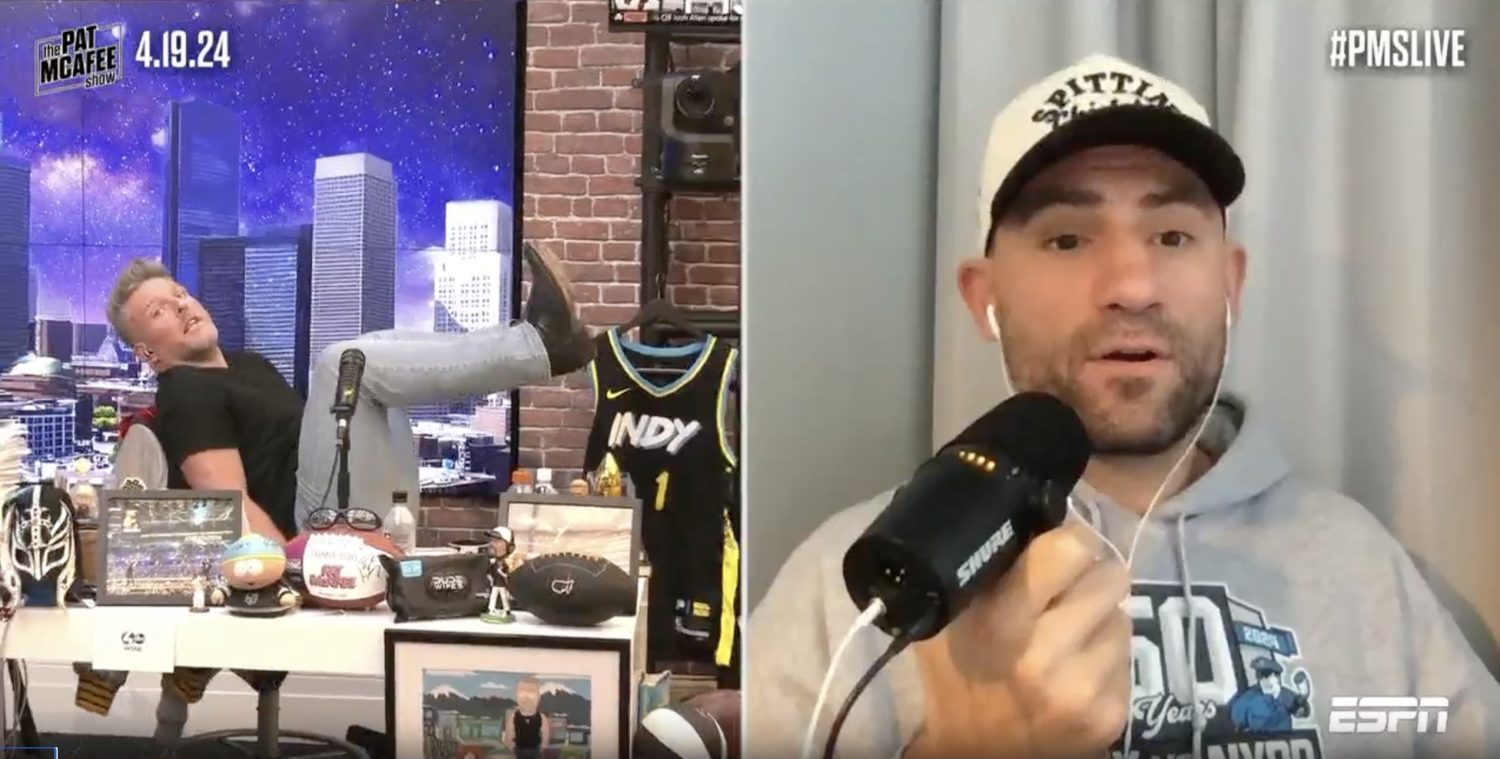The reverberations and aftershocks of ESPN’s triple digit talent layoffs are still being felt across the industry. As the dust settles, we’re beginning to learn more about just how far ESPN was willing to go in culling their payroll.
According to a report from Sports Business Journal, multiple ESPN employees had to take over a 50% pay cut in order to ensure that they were not among the casualties in ESPN’s massive round of layoffs.
In some cases, surprisingly, SBJ reports that there were some amongst the layoffs that had over five years remaining on their deals. And in those deals, non-compete clauses could make it difficult for some laid off to get back in the game:
ESPN agreed to pay out full contracts, which in some cases lasted more than five years. Several reporters offered to continue working through their contracts without incurring expenses, but they were told they couldn’t.
Talent that had contracts were told that they were still employees of ESPN on payroll, but they no longer worked for the company. Many have non-compete clauses in their deals, which means they can’t report their beats, even on social media, until their contracts end or they are released. In order to get around the non-compete clauses, they would have to report on entirely different beats than the ones they spent years developing at ESPN.
What already had been a rough market for on-air talent became a lot rougher.
If this was truly a cost-cutting measure, it’s difficult to make sense out of cutting someone who has so much time left on their contract… and being willing to pay them to do nothing. Maybe ESPN’s hope is that the talent would void the contract to want to go work elsewhere, otherwise those individuals would have to begin developing entirely different skill sets in order to find a new job while their contract expired. Given the majority of ESPN’s layoffs were writers and reporters that worked in specific sports, that could be exceedingly difficult.
There’s worse things in life one could do than getting paid to sit at home, but it shows the complicated reality of these layoffs. For those laid off that would have many years left on their deals, it’s hard to fathom why ESPN would rather pay someone not to work than to keep producing quality content for them.
While rising rights fees and cord cutting are the major reasons why ESPN was in this predicament, it’s also noteworthy from a talent perspective that ESPN might have overpaid to keep some of these folks in Bristol in the first place and prevent them from going to one of the many new competitors on the marketplace.
“It’s rare that you see such a huge shift in the marketplace for talent,” said Jim Miller, author of best-selling books on ESPN and CAA.
It also marks a stark difference from four years ago. That was soon after NBC Sports rebranded its sports channel to NBC Sports Network and FS1 launched. Throw in CBS Sports Network and all the league-owned channels, and the market for on-air talent soared. Wanting to keep people from going to the rival networks, ESPN, in particular, was generous about paying to keep its talent roster intact.
“ESPN didn’t want to create the perception that the new kid on the block in FS1 was a good place to go,” Miller said. “ESPN paid extraordinary increases in new contracts because FS1 expressed interest.”
The proliferation of new sports networks (specifically FS1) would also make much more sense as to why there would be such non-compete clauses in ESPN contracts. FS1 has already hired so many former ESPN employees that it’s hard to keep track of them all. And certainly ESPN wouldn’t want to see all of their new competitors staffed by people that they helped turn into household names.
Perhaps you can make the argument that the one place FS1 has had the biggest impact on ESPN has been on the personnel side of things. FS1 has already hired a huge number of former ESPN personalities to be the centerpiece of their Embrace Debate 2.0 movement. And even though Bristol has been focused on cost-cutting, they were willing to splash some major cash for the likes of Skip Bayless before ultimately being outbid by the folks in Los Angeles. While that hasn’t translated into any type of significant ratings success for FS1, it’s obviously put ESPN in a bind.
Increased cost due to rising competition, soaring rights fees, and shrinking revenues are not a great recipe for any network and it helps explain why ESPN was suddenly in the position they found themselves in last week. But now with ESPN making their cuts and FS1 seemingly only willing to spend big bucks on antagonists, the question turns to what could be next for those laid off by ESPN in the current economical environment.







